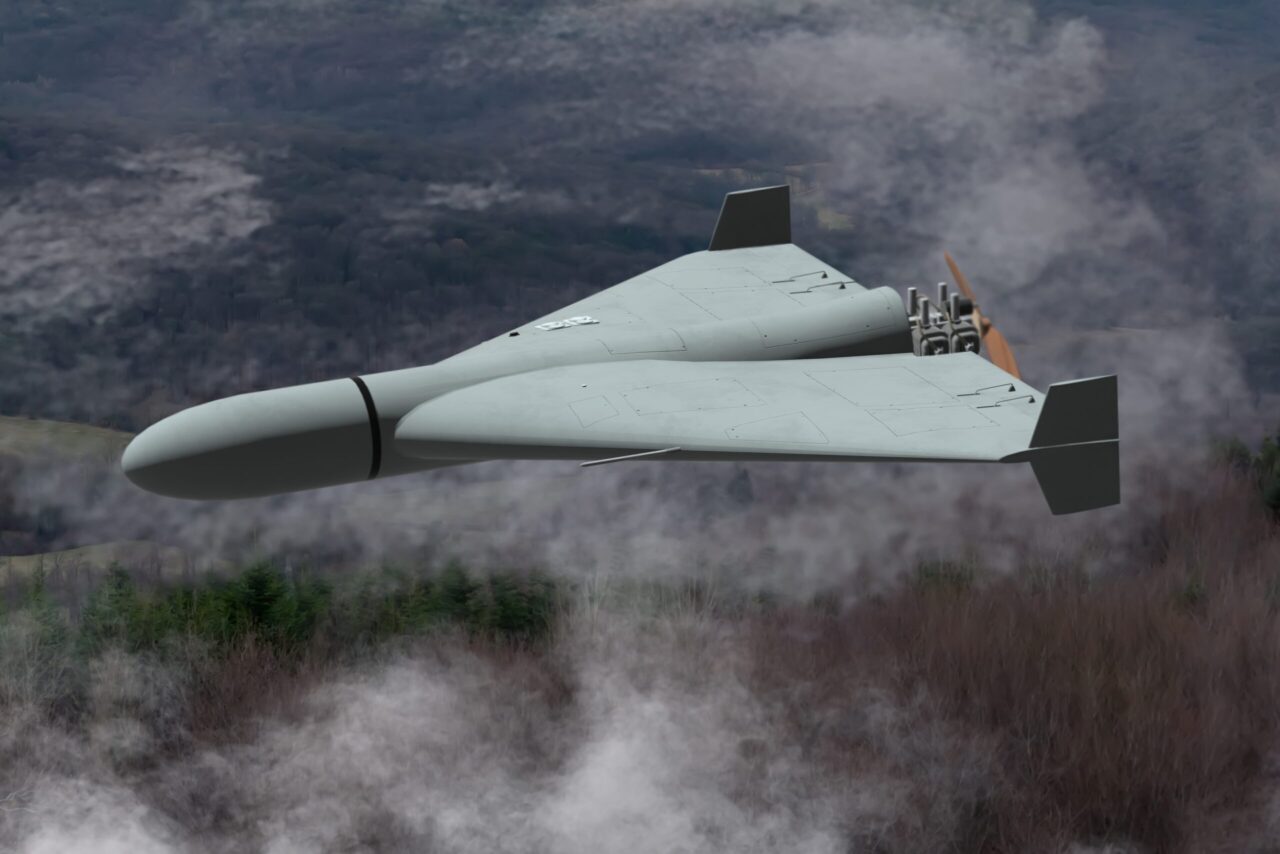In recent weeks, Europe has experienced a surge of incidents involving suspected Russian drones, prompting significant disruptions to air travel and heightened security measures across multiple countries. These drone sightings have raised alarms, especially near critical infrastructure and military installations, leading to the closure of airports and changes to air traffic routes.
Increased Vigilance and Military Mobilization
The situation escalated during a major European Union conference held in Denmark, where Danish Prime Minister Mette Frederiksen expressed concerns about the drone activity. “We meet at a time when Russia has intensified their attacks in Ukraine, where we have seen Russian airspace violations and unwanted drone activity in several European countries,” she stated on October 5, 2025. The Danish military responded by mobilizing hundreds of reservists to ensure the safety of attendees.
Denmark was not the only nation affected. Reports indicate that unidentified drones were also spotted over critical sites in Germany, including the Thyssenkrupp naval shipyard in Kiel, Kiel University Hospital, and a military base in Sanitz. Authorities noted that these drones appeared to be operating in a coordinated manner, suggesting they were mapping the terrain for potential operations.
Ghost Fleet Allegations and Maritime Operations
Compounding the situation, the French Navy intercepted a tanker named Pushpa, also known as Boracay, believed to be linked to Russia’s so-called ghost fleet. This fleet comprises vessels sailing under various flags to circumvent international sanctions imposed on Russia following its invasion of Ukraine. The tanker was apprehended off the coast of Saint-Nazaire after French authorities monitored its movements for several days.
During a European summit in Copenhagen, French President Emmanuel Macron defended the arrests of the ship’s captain and first officer, who allegedly failed to provide adequate documentation for the vessel’s nationality. Importantly, the tanker had switched off its Automatic Identification System (AIS), a critical navigational tool, raising suspicions about its intentions.
On September 22, the same day drones were reported over Copenhagen, the Pushpa was navigating Danish waters, leading to concerns that it could have served as a base for the aerial operations disrupting air traffic across Europe.
The series of drone incidents began on September 10, when 19 Russian drones violated Polish airspace, triggering a NATO response involving fighter jets and air defense missiles. Additional incursions included a Russian drone entering Romanian airspace on September 13 and a violation of Estonian airspace by three MiG-31 fighter jets on September 19. These events demonstrate an ongoing pattern of aerial provocations that NATO and European authorities are closely monitoring.
As this situation unfolds, European leaders are faced with the challenge of maintaining security while addressing the implications of increased drone activity linked to Russian operations. The fear surrounding these drones is now palpable, as nations assess their vulnerabilities and prepare for potential future threats.
